
Culture
13:10, 22-Feb-2018
Exquisite ice sculptures decorate Harbin
CGTN
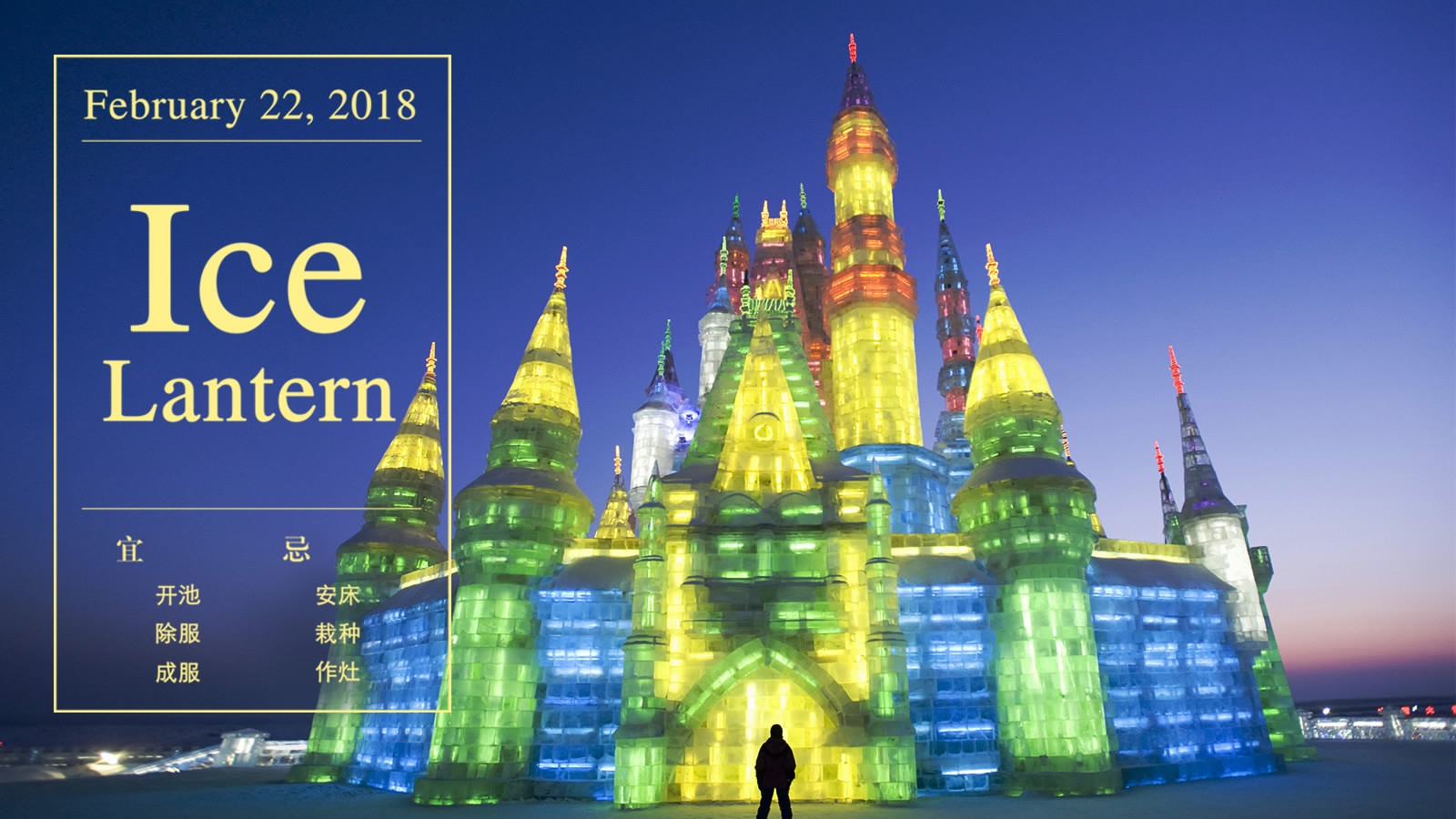

CGTN
CGTN
Ice is one of the most common things in northeastern China.
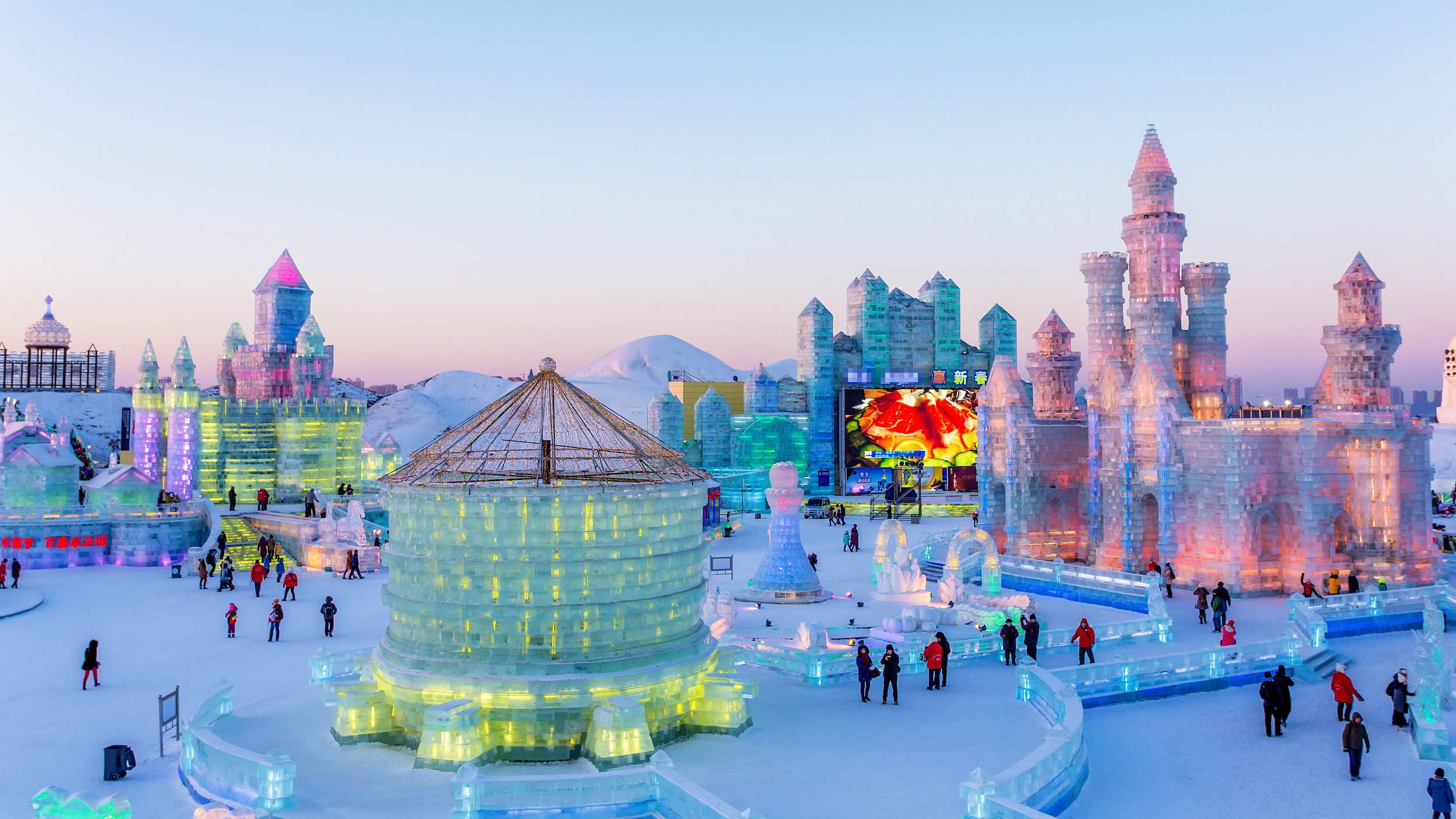
CGTN Photo
CGTN Photo
It is said that the ice lantern derives from the fisherman's ship light on Songhua River. Records show that large-scale ice lantern show began in 1963, when Harbin held the first Garden Party, which was the very first organized fair for the ice lantern in China, and pioneered the domestic culture of ice and snow popular nowadays.
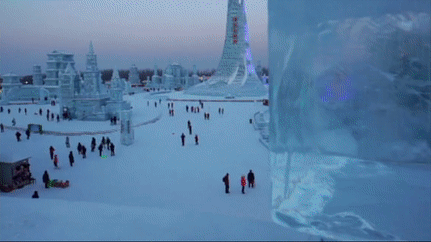
CGTN Photo
CGTN Photo
Pang Jukun, 69-year-old, has been making ice sculptures for almost 30 years. In his eyes, ice sculpture is not only a symbol of the Spring Festival, but also a world-famous feature of Harbin city.
Established in 1999, Harbin Ice and Snow World is known as the "Disneyland on Songhua River." After 19 years of development, it has become the largest theme park of ice and snow in the world, attracting over one million Chinese and foreign visitors each year. For most sightseers, the ice sculpture is always a highlight of the park.
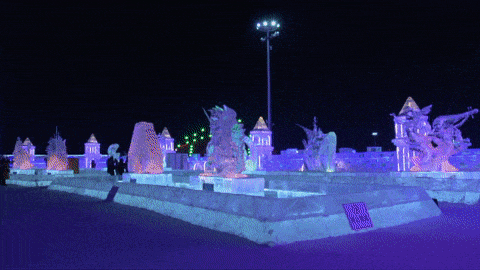
CGTN Photo
CGTN Photo
The tourists come for fun. But for Pang, as a sculptor, the ice sculpture itself is the symbol of the Festival. As the local saying goes: "When the ice sculpture appears, the Lunar New Year has arrived."
"Carving an ice sculpture is laborious. It demands carefulness... It is a sophisticated skill."
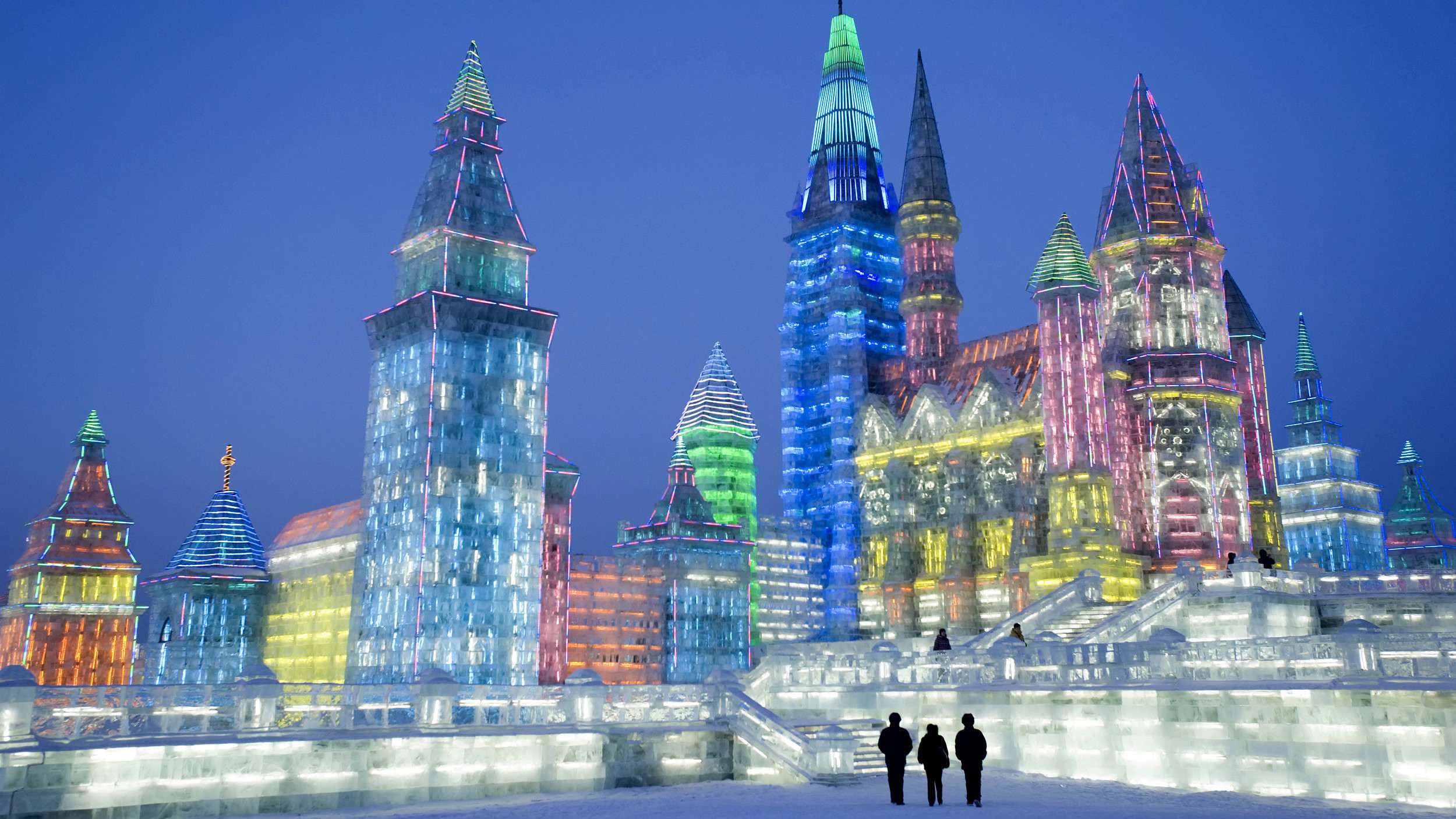
CGTN Photo
CGTN Photo
Standing in front of these magnificent and exquisite sculptures, few can deny that this art requires lots of physical strength and patience.
Pang considers carving similar to constructing. Firstly, it's the manual work – watering the ice blocks to pile them up. Then it is the detailed work of polishing with the hand spade. The shiny surface reveals itself through time.
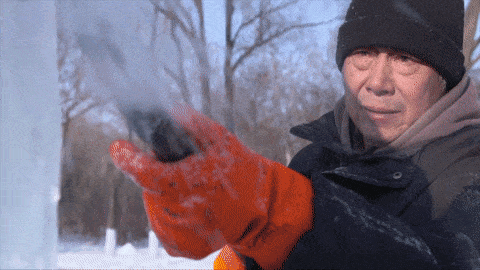
Pang Jukun is carving an ice sculpture. /By CGTN
Pang Jukun is carving an ice sculpture. /By CGTN
"The ice sculpture is cold, but the passion is hot."
Pang has spent most of his life studying the ice sculpture. Although the carving job is laborious, it touches him deeply to see people coming for his works and celebrating the Festival with their families. He says that the ice sculpture looks cold, but is actually very jubilant.
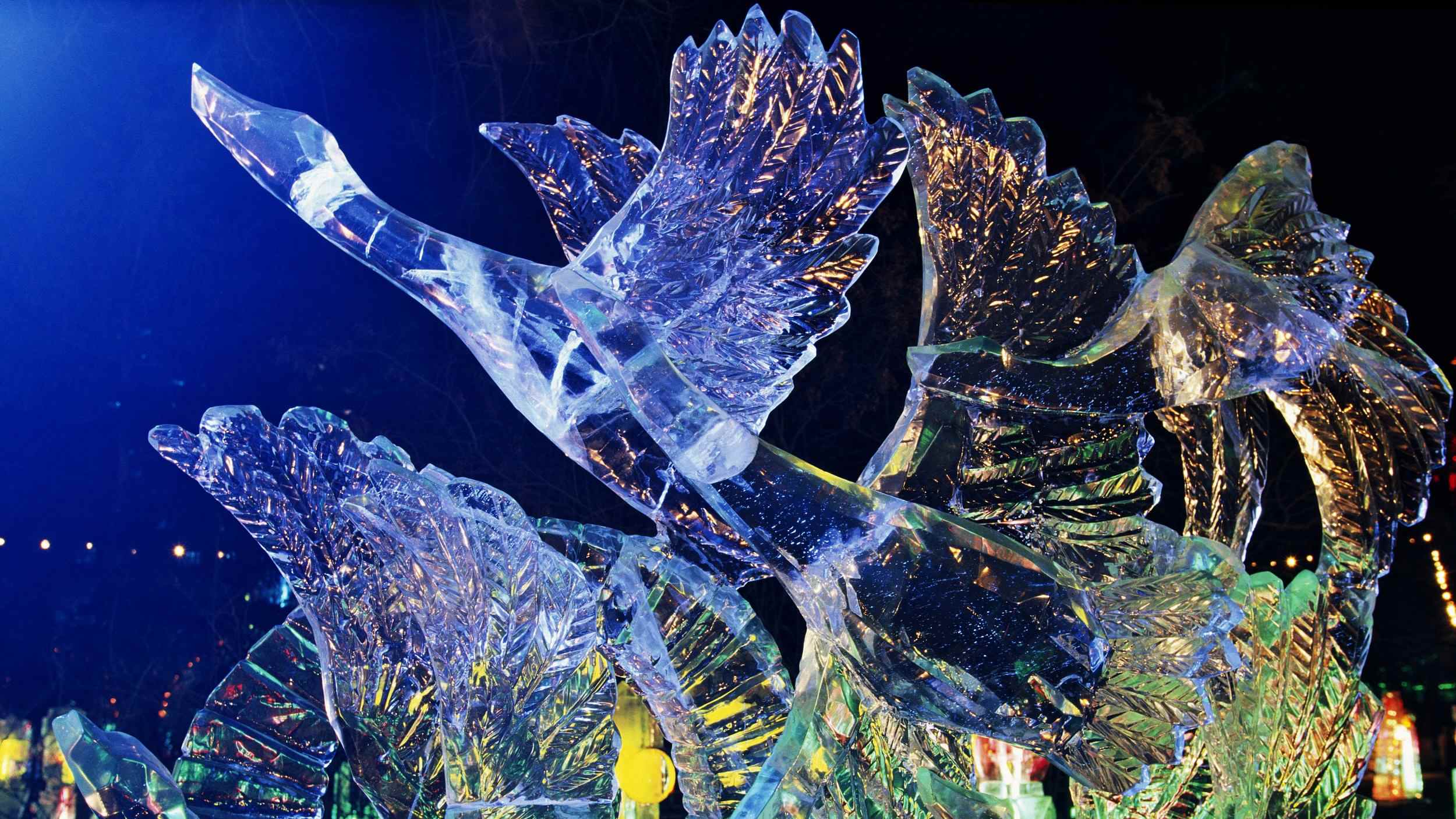
CGTN Photo
CGTN Photo
Soon in his 70s, Pang has become a master in the art of ice carving. He believes that the main reason why it is so popular worldwide, is that the craftsmen are actually carving time, and that the sculptures have become a herald of Chinese New Year – "the moment you see them built, you'd know the Spring Festival is coming."

CGTN Photo
CGTN Photo
Just as Pang says, "the Spring Festival itself is not tangible, but the ice sculpture is."

The story is one in The 1.3 Billion series exploring the diverse lives that make up China.
The story is one in The 1.3 Billion series exploring the diverse lives that make up China.

SITEMAP
Copyright © 2018 CGTN. Beijing ICP prepared NO.16065310-3
Copyright © 2018 CGTN. Beijing ICP prepared NO.16065310-3